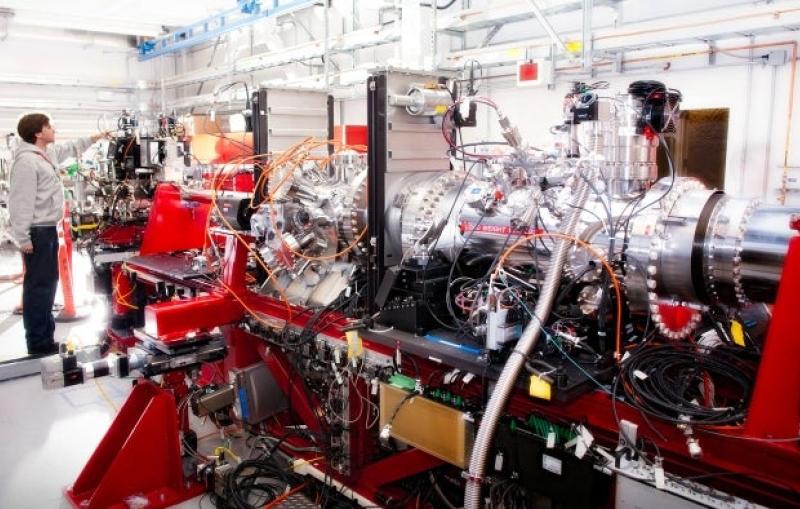
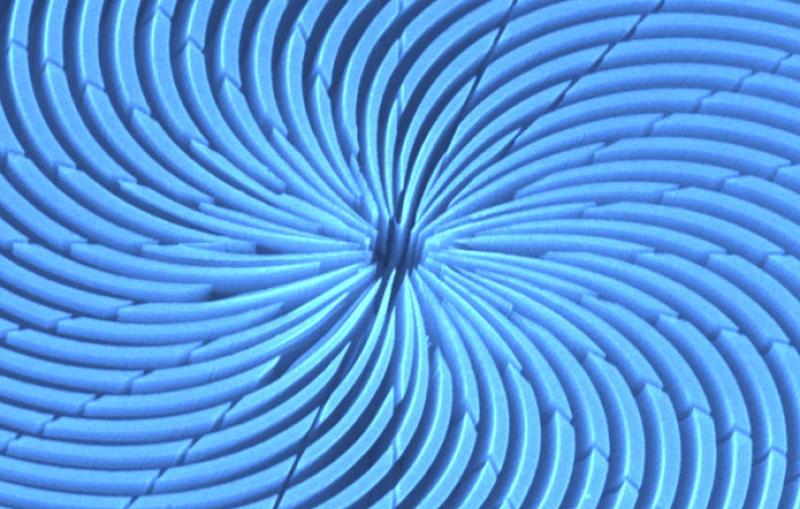
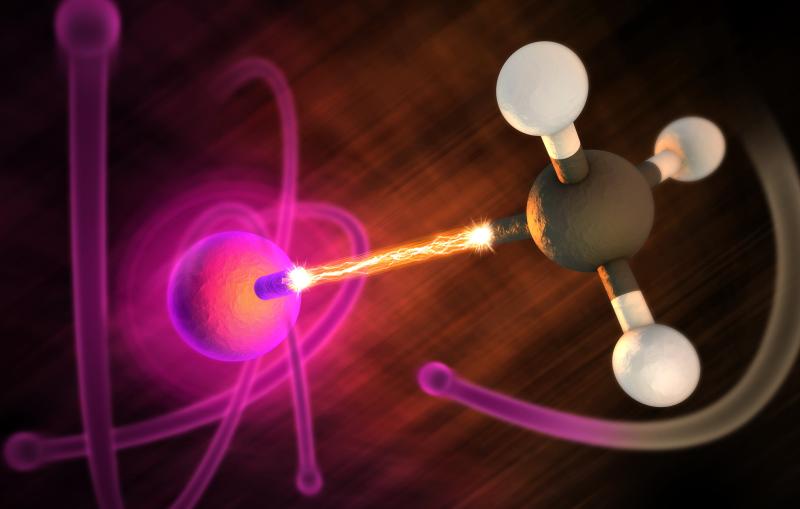
Illustration
X-ray laser pulses probe water droplets like these to discover water’s hidden (and sometimes bizarre) properties.
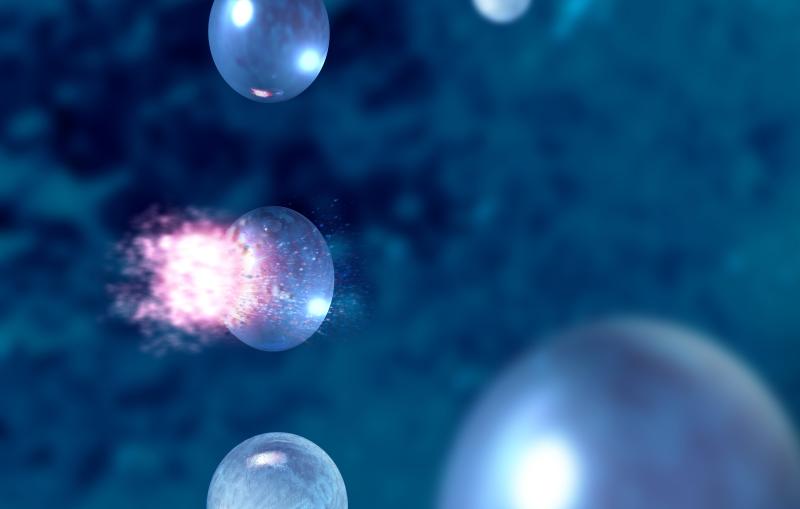
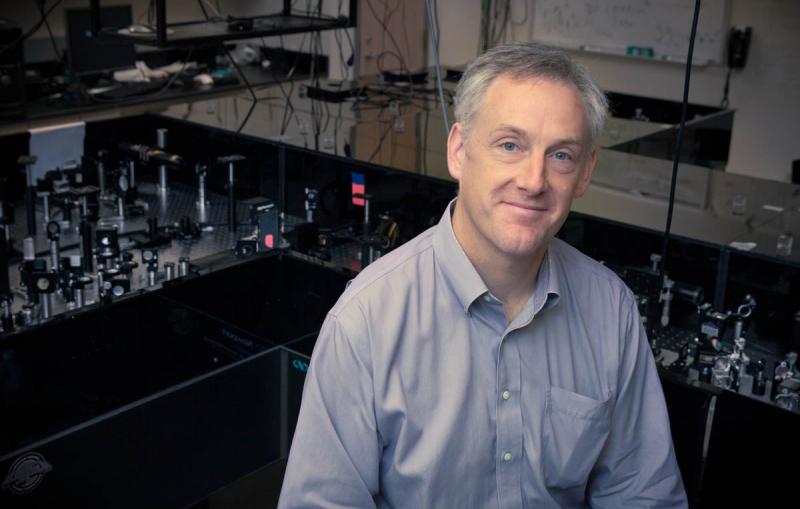





X-ray laser pulses probe water droplets like these to discover water’s hidden (and sometimes bizarre) properties.



